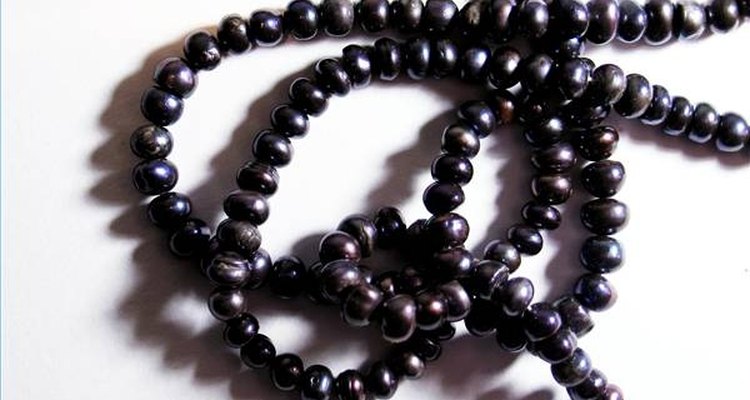
Black pearls are rare. They are produced by the black-lip oyster (Pinctada margaritifera) and can be black, silver, charcoal or a deep peacock green. In the wild, black pearls are hard to find, because the black-lip oyster does not often produce pearls. Cultivated black pearls are more common than natural ones, but still rare. Many black pearls are dyed.
Identification
Black pearls are often larger in size than white pearls. The most common colors are silver and gray. A true black and peacock green are the rarest in the color spectrum.
Significance
Although every shelled mollusk has the potential to produce pearls, many do not. In the wild, only 1 oyster in 15,000 contains a black pearl. For white pearls this average ratio is 1 oyster in 10,000.
Effects
The pearl's color is because of a dark liquid secreted by the oyster.
Types
Black pearls can be either natural or cultivated. Cultivated pearls have been "seeded" by a human-introduced irritant. Most black pearls are cultured in lagoons across the Indo-Pacific.
Time Frame
Cultivated black pearls are allowed to grow for 2 to 5 years. A black-lip oyster that has produced a high quality pearl can be seeded 2 times.
Fun Fact
Small, cultured black pearls start at about $100. An 18 mm pearl of high quality can cost as much as $10,000. In comparison, small, cultured white pearls start around $40.
Related Articles
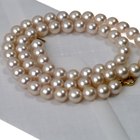
What Is the Range of the Cost of Pearls?
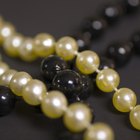
In What Parts of the World Are Valuable ...
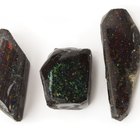
Which Types of Gems Are Most Expensive?

History of Pink Pearls
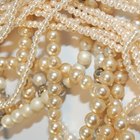
What Countries Harvest Pearls?

Types of Coral Jewelry
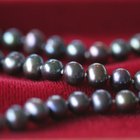
What is the Value of Black Pearls?

Information on African Rubies

Cubic Zirconia Vs. White Spinel

How to Determine the Value of Pearls

How to Tell What Pearls Are Worth

How to Dye Black Fabric Green

What Is Black Titanium?

What Is the Meaning of Pearls?

What Is White Buffalo Turquoise?

How Are Colored Pearls Made?
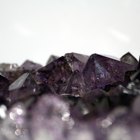
Types of Valuable Crystals

Poisonous Household Spiders in ...
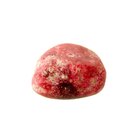
How to Identify Red Jasper

What Is the Highest Proof Tequila?
Photo Credits
Clarita